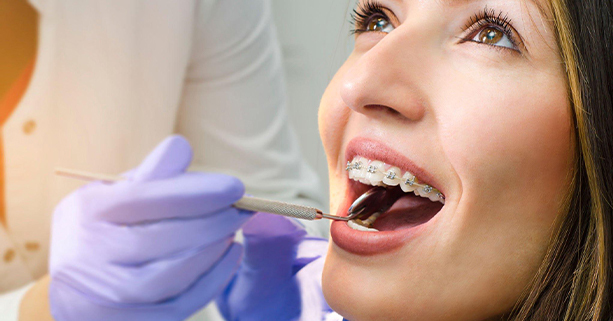Orthodontic treatments such as braces and aligners are common ways patients fix their dental irregularities. However, the path to a perfect smile doesn’t end after removing your braces or aligners. You will need an orthodontic retainer to keep the results of these orthodontic treatments. Just like the name suggests, Orthodontic Airdrie retainers help you “retain” the position of your newly aligned teeth. Once your braces are removed or you stop using aligners. You can use retainers to help cement the corrected positions of your teeth. In this article, we will dive deep and learn about the importance of orthodontic retainers, the different types available in the market, how to care for your retainers, and much more.
The Importance of Orthodontic Retainers
Orthodontic treatments like braces and aligners can help you align your teeth and make them straight, but they don’t help you cement the new positions of the teeth.
Everyday habits like chewing food or grinding teeth can apply force on your teeth, moving them to their previous position eventually ruining the complete purpose of the orthodontic aligners. Also, shifting teeth can lead to a condition called Malocclusion. This is a condition in which your upper and lower teeth don’t align when your mouth is closed. To fix this exact problem, we use retainers. Retainers are unique instruments explicitly designed to hold the position of the teeth as it is without allowing for any misalignment. Orthodontic Retainers are generally used after prolonged use of braces or aligners, which align the teeth. Then, the retainers help hold that position and make it the new position of your teeth. They act as a safeguard, preventing any relapse in the new tooth alignment and preserving your smile. Without orthodontic retainers, all the hard work on your teeth, whether braces or aligners, would ultimately go to waste.
Types of Orthodontic Retainers
When it comes to retainers, they come in different sizes and shapes. They are used to meet your personal requirements. That’s why there is not a single type of retainer that would work for everyone.
Here are a few different types of orthodontic retainers and their pros and cons:
1. Hawley Retainer
These retainers were named after its founder, Charles Hawley. They are also called wire retainers because they are removable retainers that are made with thin metal wire and plastic to fit over the roof of our mouth, and the attached metal wire runs across the outside of our teeth, maintaining the new positions of the teeth.
Pros
- If you need a better fit when you initially acquire it or if your teeth require minor adjustments later, the retainer can be altered to meet your needs.
- It can be easily repaired when broken
- If used and cared for properly, it can last for years.
Cons
- It stands out more than the other kinds of retainers.
- The biting surfaces remain exposed during the use of these retainers. Thus, they don’t protect against the grinding of teeth, which can revert the teeth to their original misaligned form
- The wire used in this retainer can irritate your lips or cheek during the initial use of this retainer
2. Removable Retainers
They are not the most sought-after retainers because they are notorious for not being able to function well, and despite the use of this type of retainer, the teeth can revert back to their original position.
Pros
- They’re relatively simple and convenient to get your hands on.
- They can be removed effortlessly when you want to eat, brush, or floss your teeth.
Cons
- They can cause excessive salivation.
- They can quickly develop bacteria if not washed and cared for properly.
- When not in your mouth, they can be easily misplaced or lost, especially if not stored in a case.
3. Permanent Retainers
Permanent Retainers are bonded retainers that are bonded to the inside of your teeth to keep them from moving. This type of retainer is generally used in cases where the patient is less likely to adhere to the use of removable retainers, like kids, people with Alzheimer’s, and so on.
Pros
- This type of retainer is not visible to anyone.
- It does not cause any speech impairment.
- They have high shelf life and can last for years without needing to be replaced.
Cons
- The metal wire present in this permanent retainer can irritate your tongue.
- Maintaining oral hygiene when using this type of retainer can be challenging.
- They are not removable, which can create irritation as they will stick to your teeth for a long time.
Caring for Your Orthodontic Retainer
Your retainers sit inside your. Thus, they develop bacteria, plaque, and tartar more quickly. And if they are not kept clean, this can lead to severe dental health problems down the line. Here are a few tips you need to follow to clean and care for your orthodontic retainers:
- Clean your retainer as soon as you remove it from your mouth while it’s still wet. This will make cleaning up any debris easier before it hardens.
- After each meal, rinse your retainer with lukewarm water. You should also brush your teeth during this time.
- If you’re using a permanent retainer, your dentist at dentist near me can suggest a few techniques or ways to floss and brush your teeth, and you should follow them diligently so as not to harm your teeth in the long term.
How Long Do You Need to Wear Retainers?
The duration of the use of retainers typically depends on the type of retainer you’re using.
1. For Removable Retainers
You’ll typically wear this retainer full-time following braces for four months to a year, removing it only while eating or brushing your teeth. After the allotted time, your orthodontist will assess whether you need to wear your retainer for an additional time.
If the dentist Airdrie finds any significant movement in your teeth, then he might suggest you use the retainers for some more time just to be safe. Still, if he doesn’t detect any movement, he’d ask you to get rid of those retainers because your teeth are entirely aligned by now.
2. For Permanent Retainers
In the case of permanent retainers, you might have to wear them for longer periods of time, sometimes years.
Since you’ll not be able to wash them after eating or remove them, you need to follow the instructions given to you by the dentists at Airdrie Springs Dental. So that you don’t catch any other dental infections or suffer from any other dental issues in the long term.
The Role of Orthodontic Check-ups
Regular follow-up appointments after getting orthodontic retainers are crucial to monitor your progress and make any necessary changes to your retainer or treatment plan. These appointments allow your orthodontist to address any problems, check if your retainer fits correctly, and monitor the stability of your teeth alignment. During these appointments, your orthodontic can change the retainers to keep up with any changes that might have happened to your teeth or jaw alignment. They will also evaluate your overall dental health and address any abnormalities as soon as possible, ensuring the effectiveness of your orthodontic braces treatment.
Conclusion
Orthodontic Airdrie retainers play an important role in preserving the outcomes of your orthodontic treatment. These retainers, whether removable or fixed, give stability and prevent relapse, preserving your perfectly aligned smile.Proper care and following your orthodontist’s recommendations are crucial for your retainer’s effectiveness and lifetime. To have a long-lasting, beautiful smile, prioritize retainer maintenance and attend frequent orthodontic check-ups.Individuals in Airdrieseeking orthodontic treatment and retainers should consult a trustworthy dentist in Airdrie Dentits Dental Clinic. Choosing a reputable dentist near me ensures that you receive great orthodontic therapy as well as advice on retainer usage.


